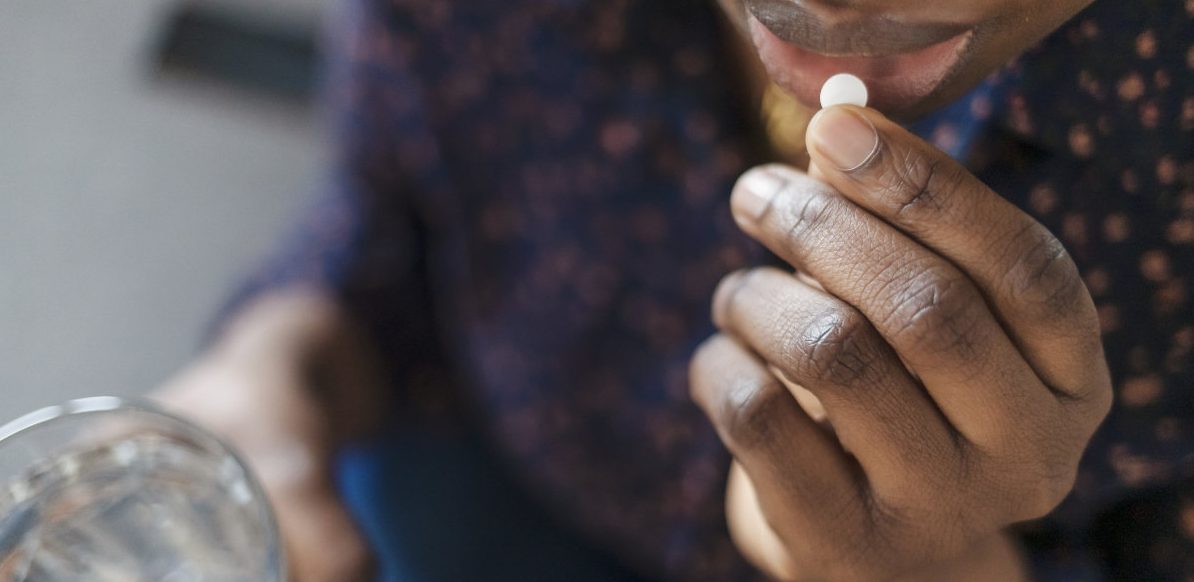With the reversal of Roe v. Wade, the abortion industry is turning to chemical abortions as a means to keep abortions continuing, even in pro-life states. Women are told that the abortion pill regimen is easy and harmless, but even in pro-abortion propaganda pieces, the truth still manages to slip out.
In Vogue, Emma Specter wrote about the experiences of five women who had chemical abortions. The reasoning given is because the abortion pill process is often “misunderstood,” and women need “reliable information” about what it’s like. But the goal isn’t just to ensure women are informed; it’s clearly to promote the idea of chemical abortions.
The women’s stories complained about how long it took to get the pills, or said they were grateful for their abortions, but Vogue still couldn’t hide how awful the experiences were. In four out of the five stories featured, the experience was described as painful and horrifying.
Mia noted, “I was amply prepared for the bleeding, but not for the pain—I eventually woke them up to help me set up a heating pad and procure enough edibles to tranquilize a bear. Both of those helped a lot, but I still spent a few hours in enough pain to be incoherent. When the worst of it passed, my partner handed me a banana because I hadn’t eaten anything all day—my body craved the potassium so much after hours of cramps that I remember it as one of the most delicious things I’d ever eaten.”
Jen’s experience of pain was just as intense, but not as lengthy, and she was surprised by it. “I went to sleep and woke up to barely having bled in my diaper, which I brushed off. I went to work like nothing at all, but was suddenly hit with a wall of pain at around 10 a.m.,” she said. “I passed a lot of blood and was in intense pain for about a half-hour. Then it was over. I wish I had known that there was going to be a delay in passing the pregnancy, or that it could have happened the day following taking the pill as opposed to overnight. I assumed that everything was done and over when I woke up—I was surprised by the pain.”
Claire recalled, again, “intense” pain for which she wasn’t prepared. “I spent the whole first day at Planned Parenthood, in and out of the waiting room. I was given the first of the two-pill cocktail in the Planned Parenthood office and then was sent home to take the second pill the following day,” she said. “When I took the second pill, my body didn’t like it. I started cramping so intensely, and each time I went to the toilet, little gloops of blood clots and tissue swirled into the toilet. It was honestly surreal. I kept cramping and got sicker, and I ended up throwing up a lot. But by the end of the night (I started at maybe 4 p.m.) my body was returning to normal—still cramping, but more at ease. … The abortion pill can be very painful, and I feel I wasn’t properly warned about how sick I could get. I thought I could just chill out and cramp it out, but it wasn’t like that at all. I needed support and care, which was luckily available to me.”
Alina noted that she was left with essentially no resources during her abortion. “I was lucky to have a supportive partner who was able to take care of me, but truthfully, it was a difficult and painful experience in a lot of ways — until the next morning, when I was just tired,” she recalled. “I went through Planned Parenthood, and while they do great work, they also gave me a phone number to call if I experienced any worrisome complications, and then it turned out that number wasn’t connected. Honestly, I wish there was a resource I could have called upon in order to explore my surgical options a little bit more.
Unfortunately, the pain these women experienced could have been worse. One study found the abortion pill to be four times more dangerous than first trimester surgical abortion. Aside from pain, more serious complications include uterine hemorrhaging, viral infections, sepsis, vaginitis, and even death.*
Even worse is the ongoing push from the abortion industry for women to take abortion pills, on their own, without medical supervision. Yet as Vogue shows, even in situations where the pill is being promoted as a positive experience, it’s often still painful, harrowing, and unpleasant for women — and always takes a human life.
*Editor’s Note: The FDA has received reports of serious adverse events in women who took Mifeprex. As of December 31, 2018, there were reports of 24 deaths of women associated with Mifeprex since the product was approved in September 2000, including two cases of ectopic pregnancy resulting in death; and several cases of severe systemic infection (also called sepsis), including some that were fatal. The adverse events cannot with certainty be causally attributed to mifepristone because of concurrent use of other drugs, other medical or surgical treatments, co-existing medical conditions, and information gaps about patient health status and clinical management of the patient. A summary report of adverse events that reflects data through December 31, 2018, is here.








